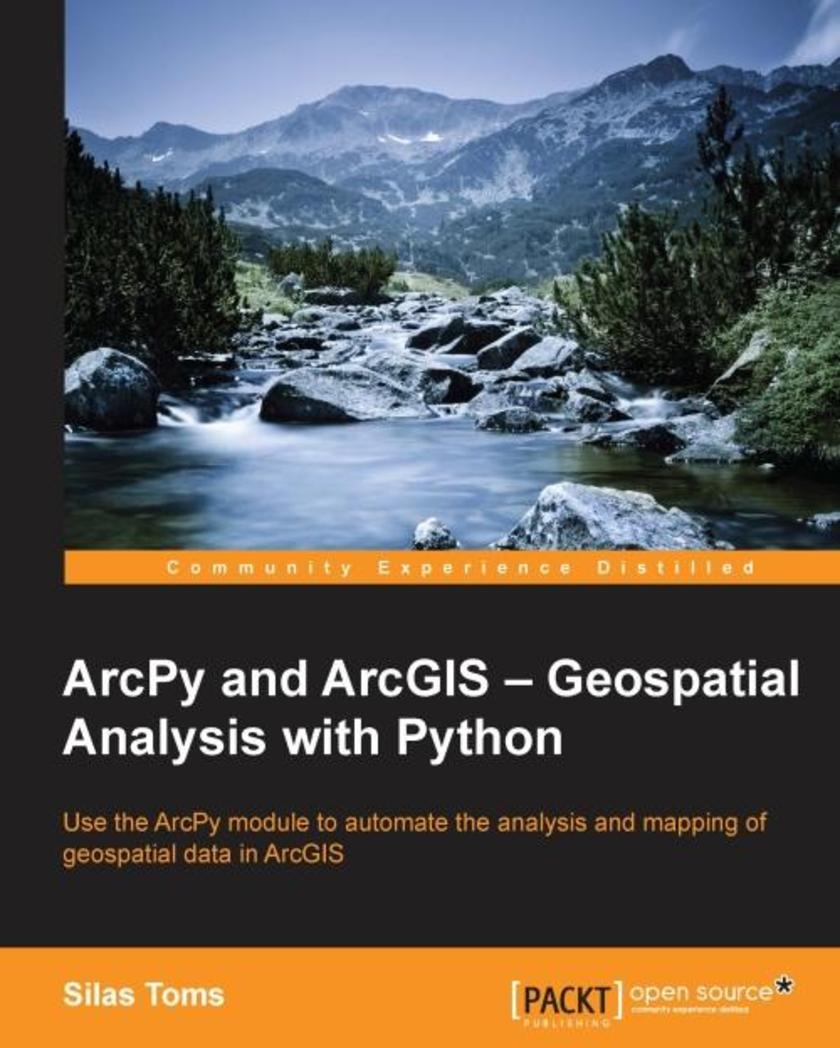
ArcPy and ArcGIS – Geospatial Analysis with Python
¥80.65
If you are a GIS student or professional who needs an understanding of how to use ArcPy to reduce repetitive tasks and perform analysis faster, this book is for you. It is also a valuable book for Python programmers who want to understand how to automate geospatial analyses.
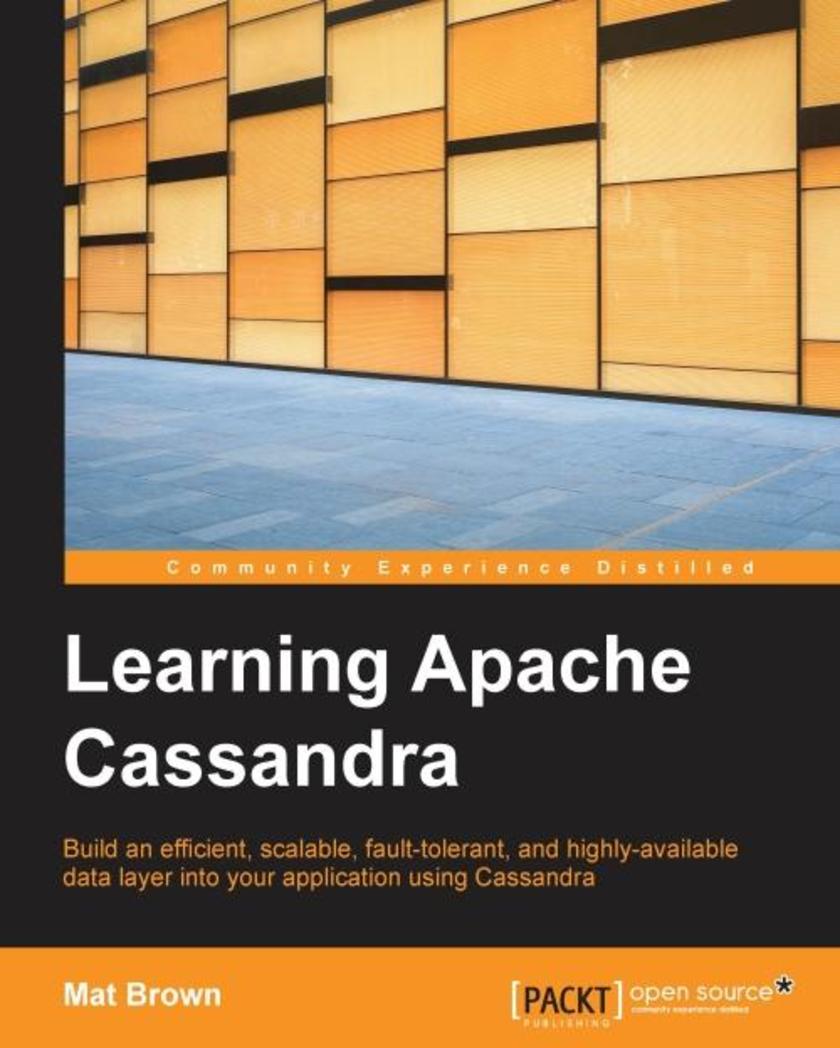
Learning Apache Cassandra
¥80.65
If you're an application developer familiar with SQL databases such as MySQL or Postgres, and you want to explore distributed databases such as Cassandra, this is the perfect guide for you. Even if you've never worked with a distributed database before, Cassandra's intuitive programming interface coupled with the step-by-step examples in this book will have you building highly scalable persistence layers for your applications in no time.
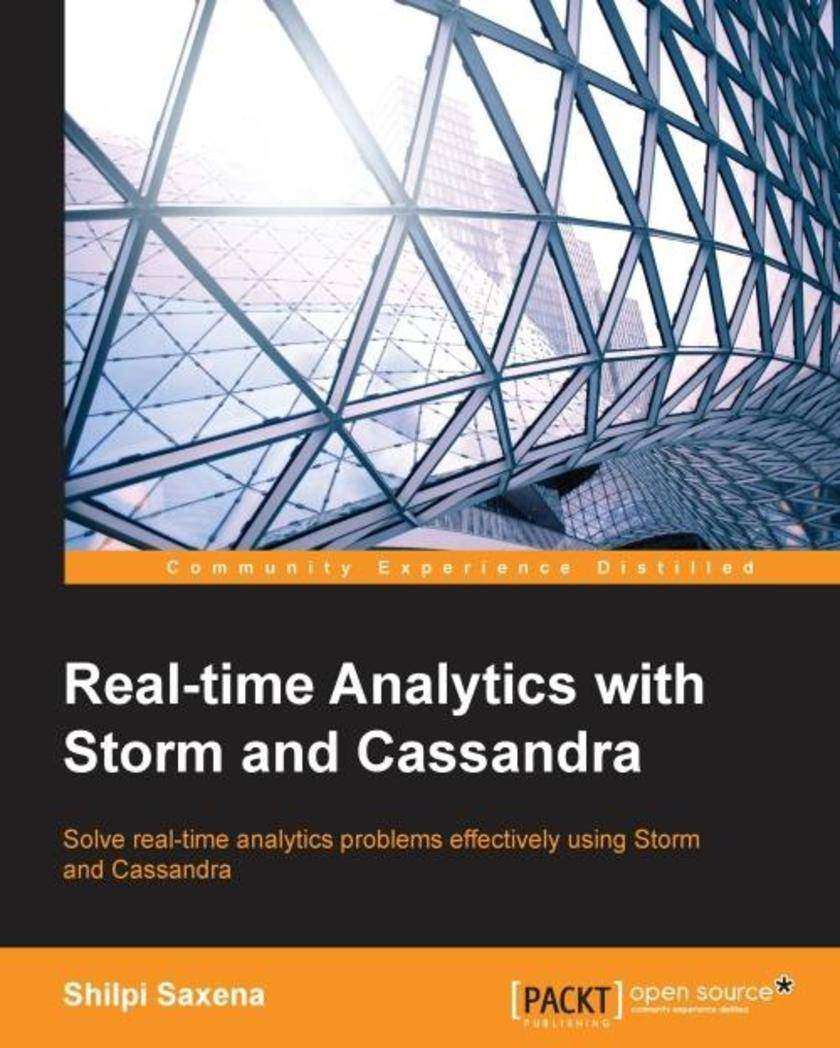
Real-time Analytics with Storm and Cassandra
¥80.65
If you want to efficiently use Storm and Cassandra together and excel at developing production-grade, distributed real-time applications, then this book is for you. No prior knowledge of using Storm and Cassandra together is necessary. However, a background in Java is expected.
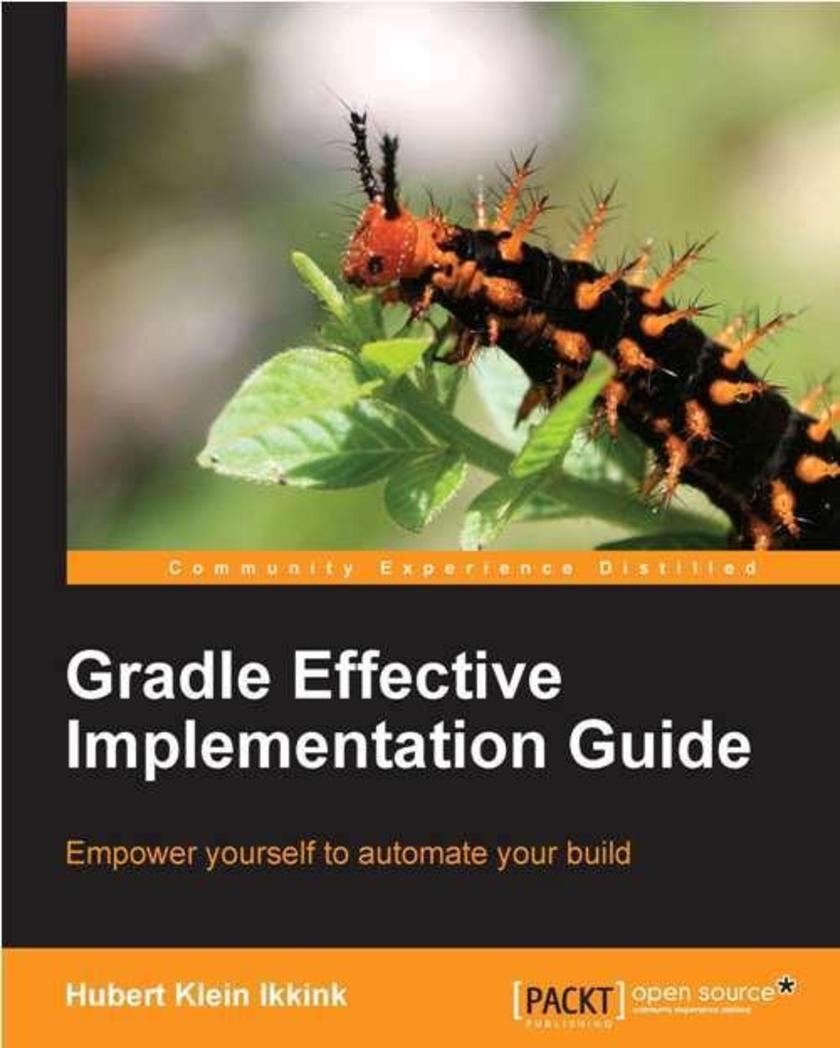
Gradle Effective Implementation Guide
¥80.65
Written in Packt's tutorial format the hands on examples and real life applications that will guide you through Gradle and give you the knowledge to use it every day. If you are a Java developer who wants to automate compiling, packaging and deploying your application this book is for you.
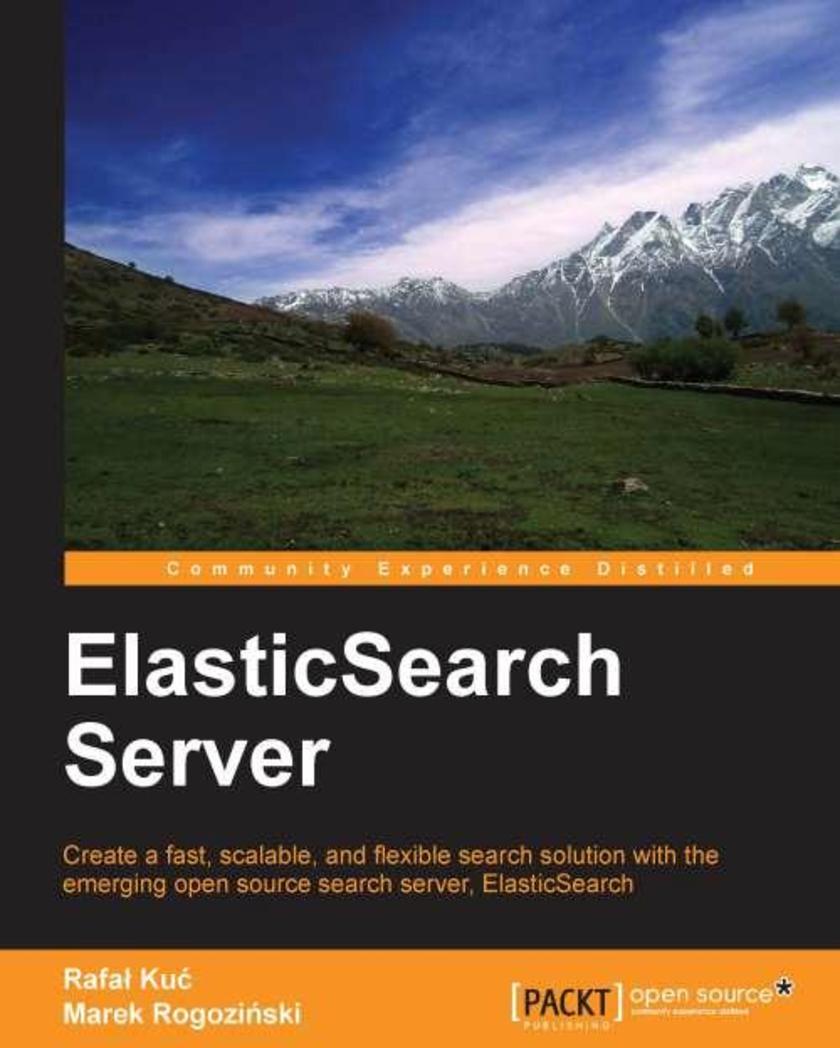
ElasticSearch Server
¥80.65
This book is written in friendly, practical style with numerous hands-on examples and tutorials throughout.This book is written for developers who wish to leverage ElasticSearch to create a fast and flexible search solution. If you are looking to learn ElasticSearch or become more proficient then this book is for you. You do not need know anything about ElasticSeach, Java, or Apache Lucene in order to use this book, though basic knowledge about databases and queries is required.
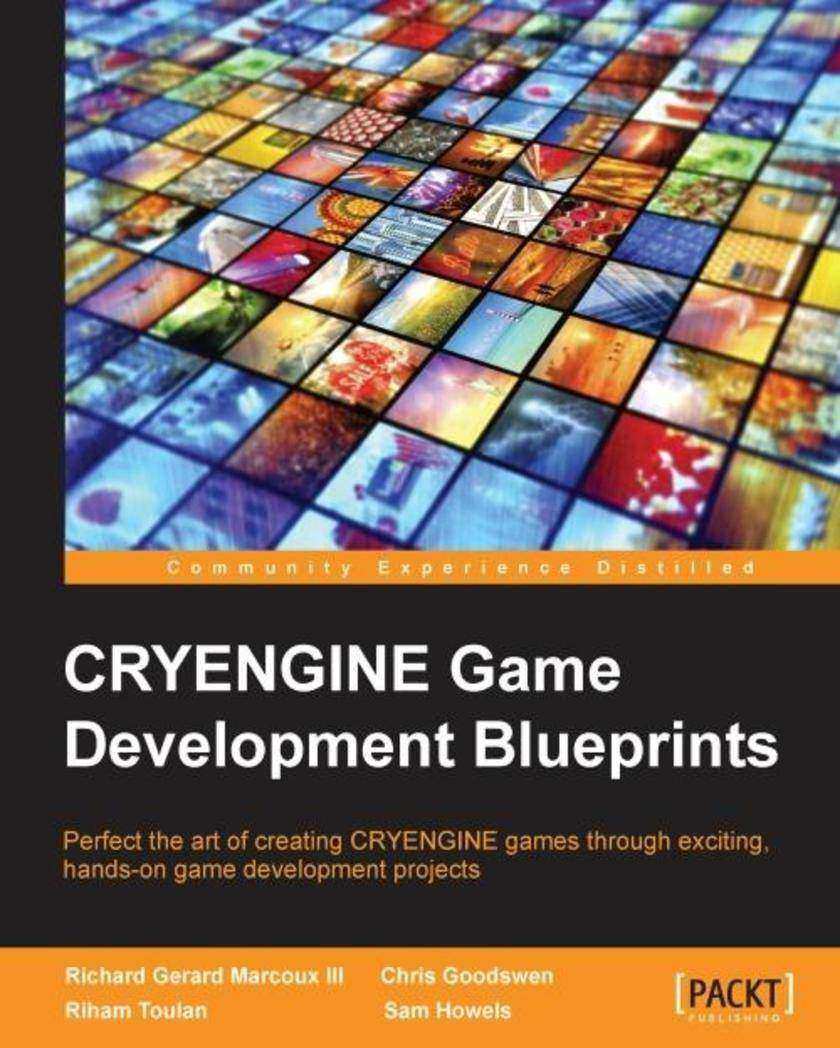
CRYENGINE Game Development Blueprints
¥80.65
This book is intended for CRYENGINE game developers wanting to develop their skills with the help of industry experts. A good knowledge level and understanding of CRYENGINE is assumed.

Power Up Your PowToon Studio Project
¥80.65
Whether you are a beginner wanting to learn from a professional or a seasoned user looking for a refresher, this is the book for you.

PhoneGap: Beginner's Guide - Third Edition
¥80.65
This book is for web developers who want to be productive in the mobile market quickly. In fact, by using PhoneGap, it's possible to deploy native applications based on web standards. This book assumes a very small knowledge of HTML/CSS/JavaScript and mobile platforms, such as Android, BlackBerry, iOS, and Windows Phone, and takes the reader step-by-step into a deep overview of PhoneGap and its APIs.
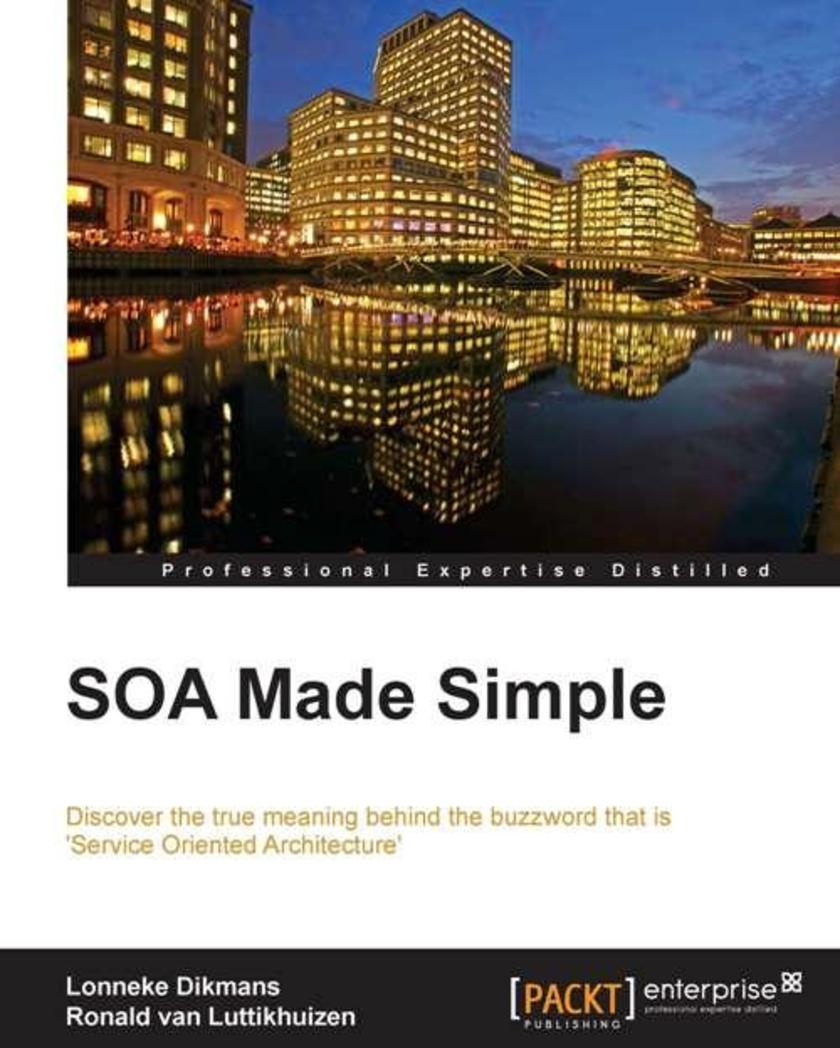
SOA Made Simple
¥80.65
“SOA Made Simple” is a concise and indispensable handbook for finally understanding exactly what Service Oriented Architecture is. Split into three clear sections, in this book you’ll learn from both theory as well as step-by-step implementation examples to aid in your understanding of this often poorly- articulated industry term.If you are an architect who wants to be completely clear in your understanding of what SOA is, then this book is essential. In fact, anyone (designer, developer, administrator or team lead) who is implementing or about to implement an architecture in an IT environment should not miss out on “SOA Made Simple”. Some previous experience with general software architecture is required, but this guide will tell you everything you need to know about SOA in a clear and easy fashion.
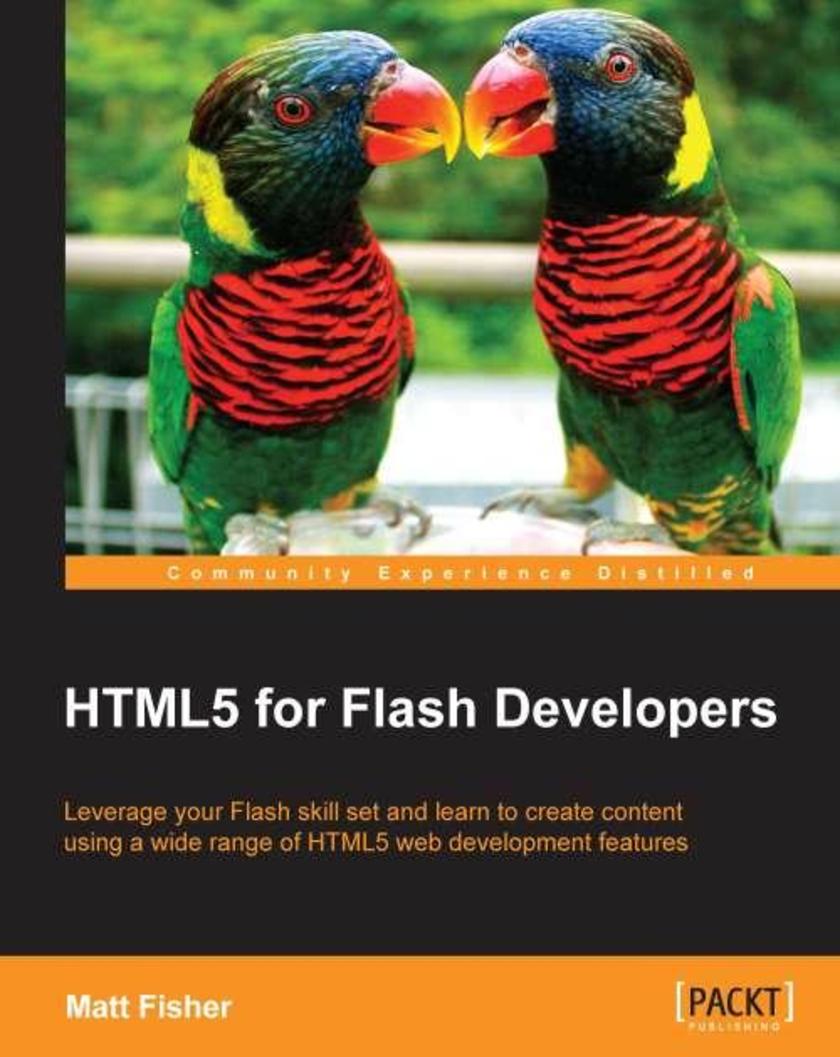
HTML5 for Flash Developers
¥80.65
A step by step guide with detailed examples.Experienced Flash AS3 programmers who are making the switch to Java* and HTML5.
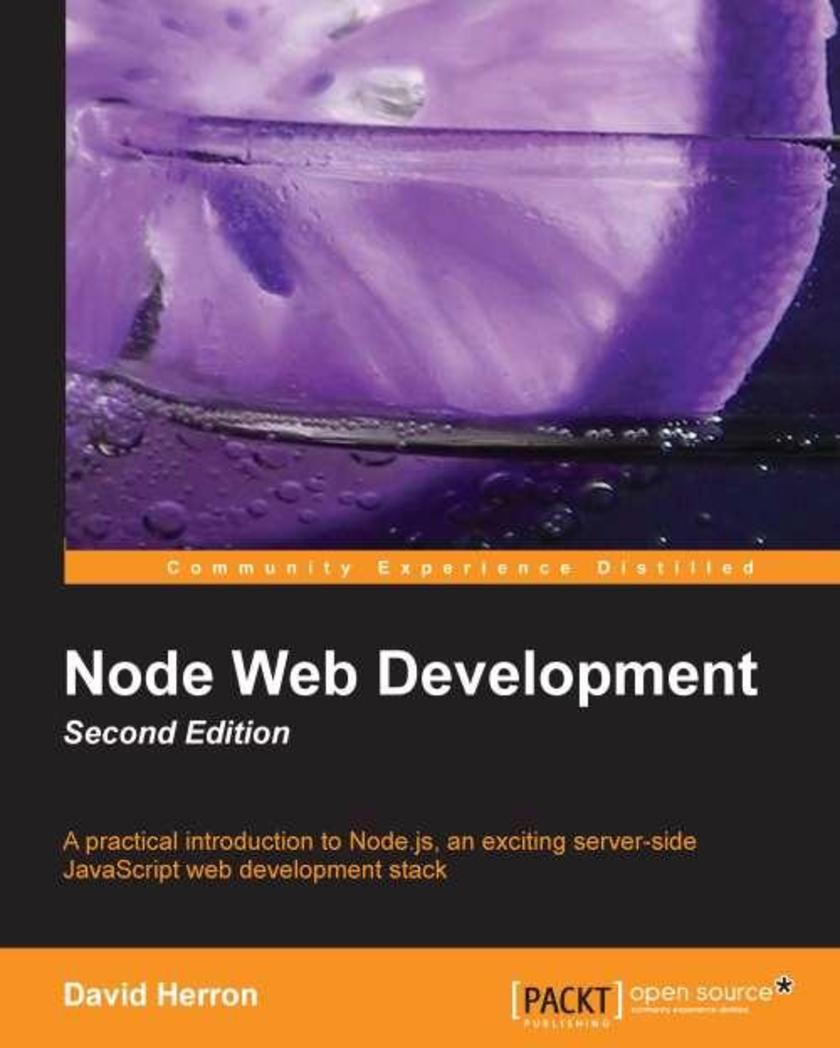
Node Web Development, Second Edition
¥80.65
Presented in a simple, step-by-step format, this book is an introduction to web development with Node.This book is for anybody looking for an alternative to the "P" languages (Perl, PHP, Python), or anyone looking for a new paradigm of server-side application development.The reader should have at least a rudimentary understanding of JavaScript and web application development.
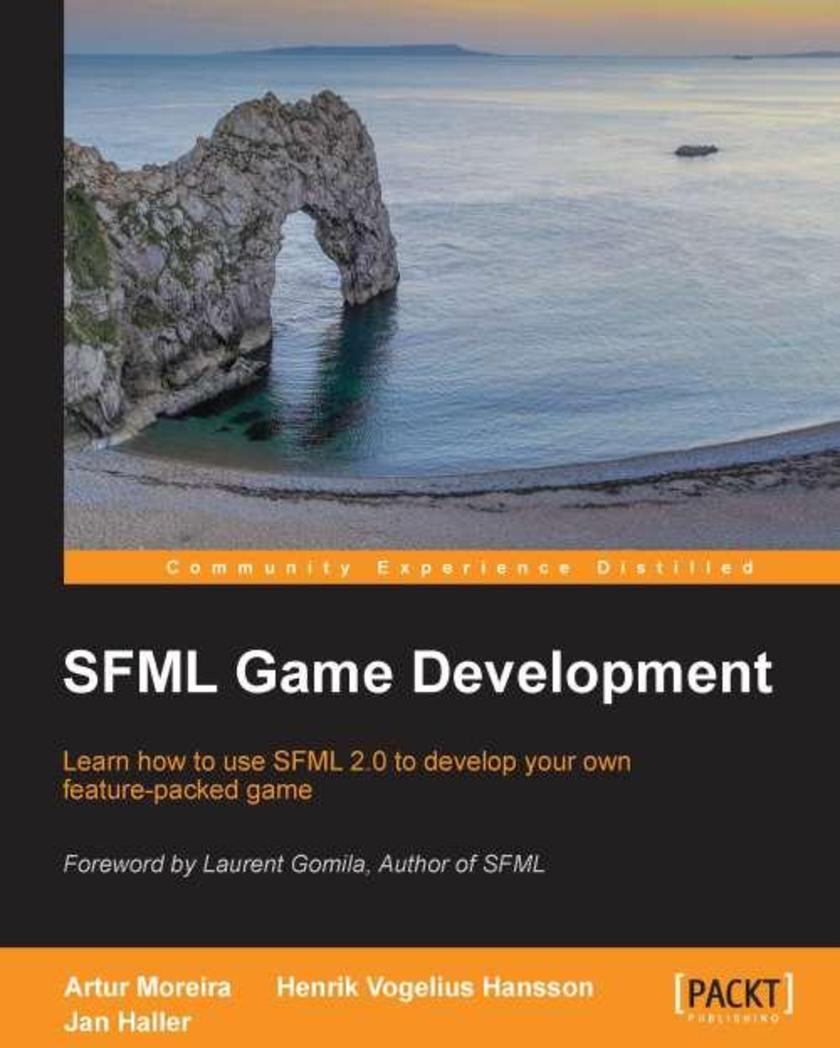
SFML Game Development
¥80.65
SFML Game Development is a fast-paced, step-by-step guide, providing you with all the knowledge and tools you need to create your first game using SFML 2.0.SFML Game Development addresses ambitious C++ programmers who want to develop their own game. If you have plenty of ideas for an awesome and unique game, but don’t know how to start implementing them, then this book is for you. The book assumes no knowledge about SFML or game development, but a solid understanding of C++ is required.
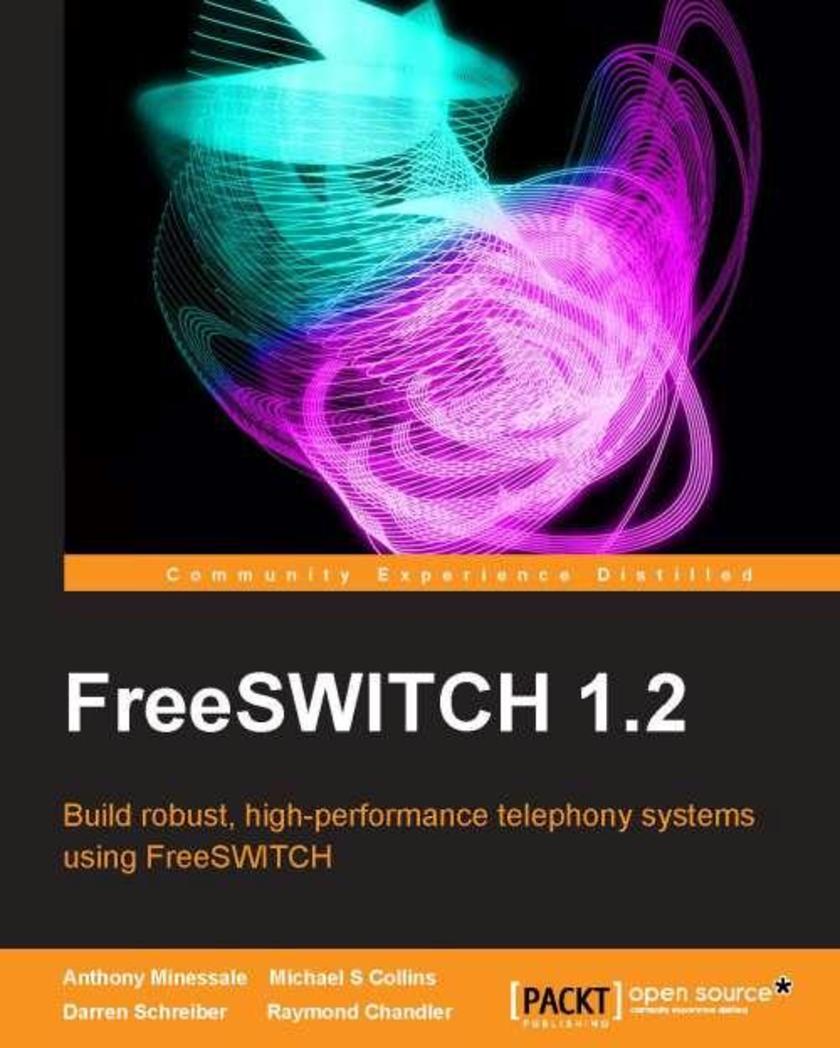
FreeSWITCH 1.2
¥80.65
This book is full of practical code examples aimed at a beginner to ease his or her learning curve.This book is written for IT professionals and enthusiasts who are interested in quickly getting a powerful telephony system up and running using the free and open source application, FreeSWITCH.Telephony experience will be helpful, but not required.
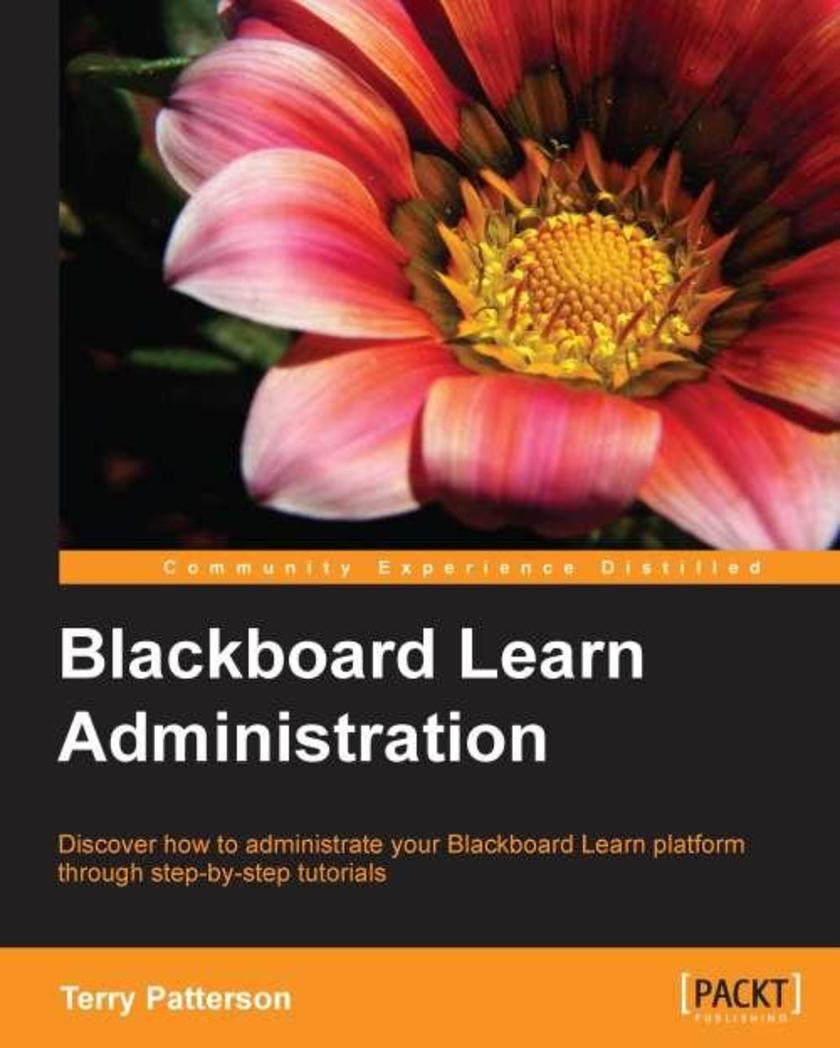
Blackboard Learn Administration
¥80.65
Hands-on and step-by-step instructions on successfully administrating Blackboard Learn from an admin expert. This book is for in-house IT administrators who are responsible for maintaining the school’s IT system and making sure that it is ready for the teachers to use. Readers will need some experience with server management and installation.
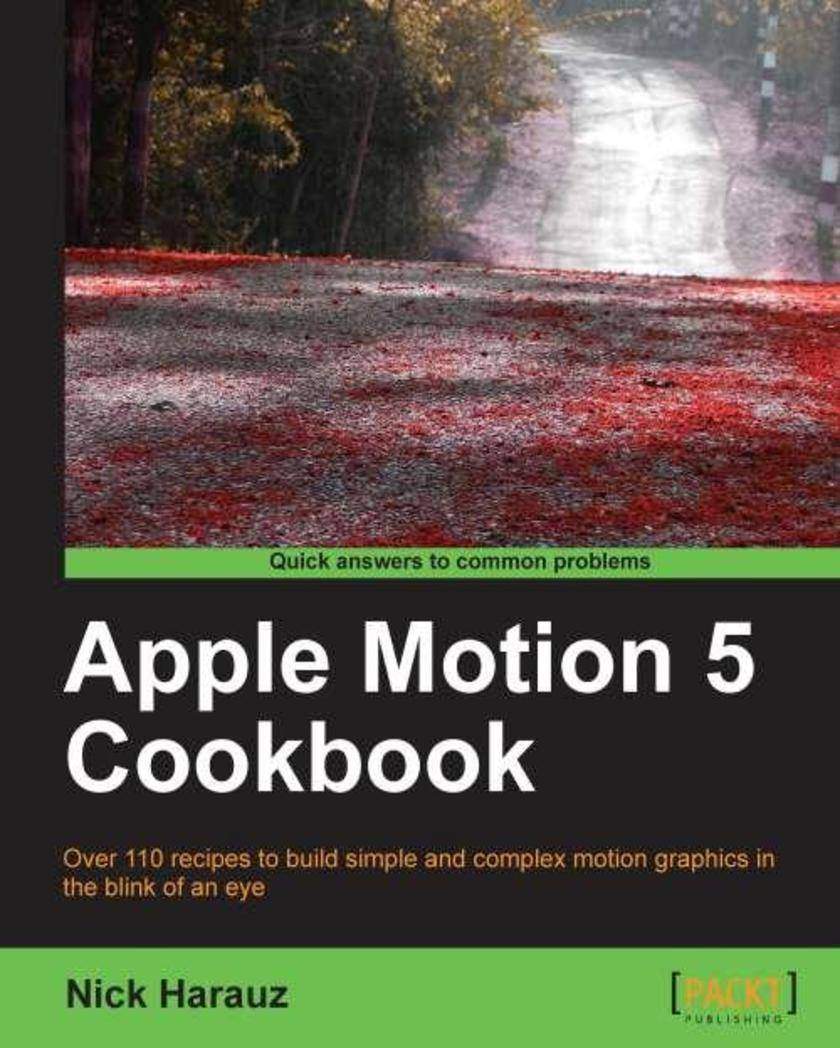
Apple Motion 5 Cookbook
¥80.65
Step-by-step, practical recipes to build simple and complex Motion Graphics with Motion 5"Apple Motion 5 Cookbook" is designed for Final Cut Pro X video editors and Motion 5 users looking to gain more knowledge of how Motion works, and to get more of a ‘WOW’ factor in projects. It’s also aimed at designers and motion designers alike, who are looking to build on their skillsets.
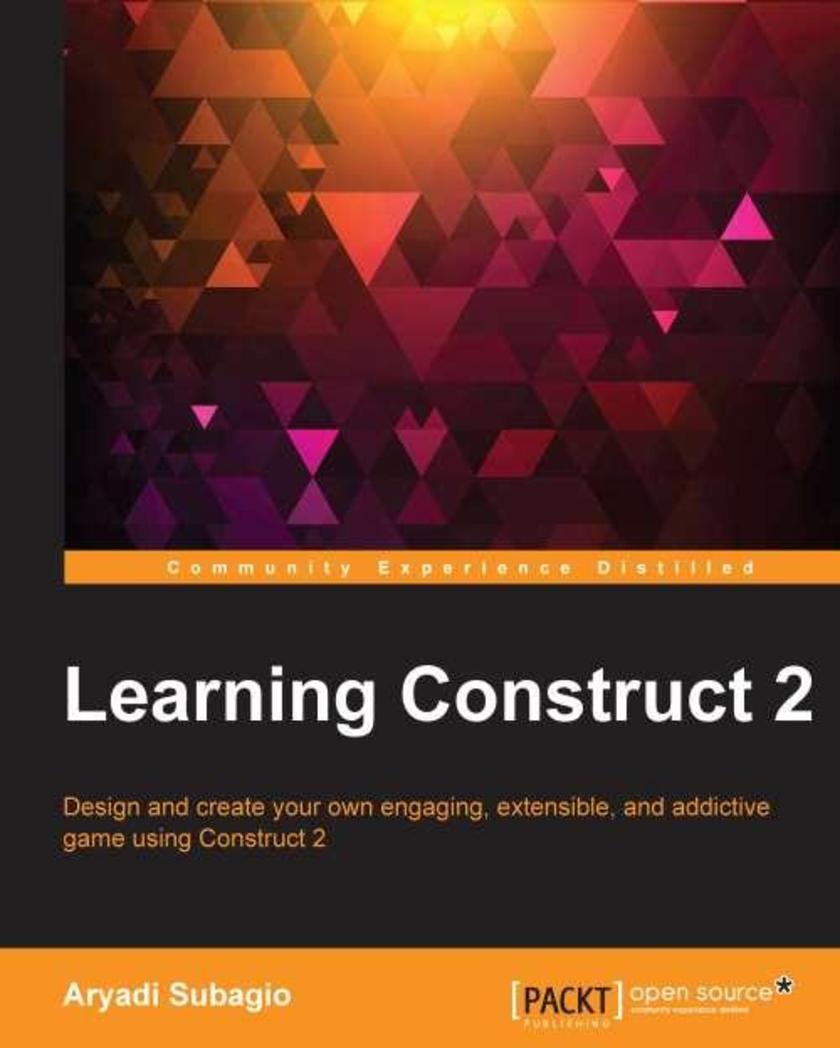
Learning Construct 2
¥80.65
If you want to make your own game but don't know how to start or don't have the technical skills to do it, then this is the book for you. You don't need to have a programming background to understand the concepts explained.
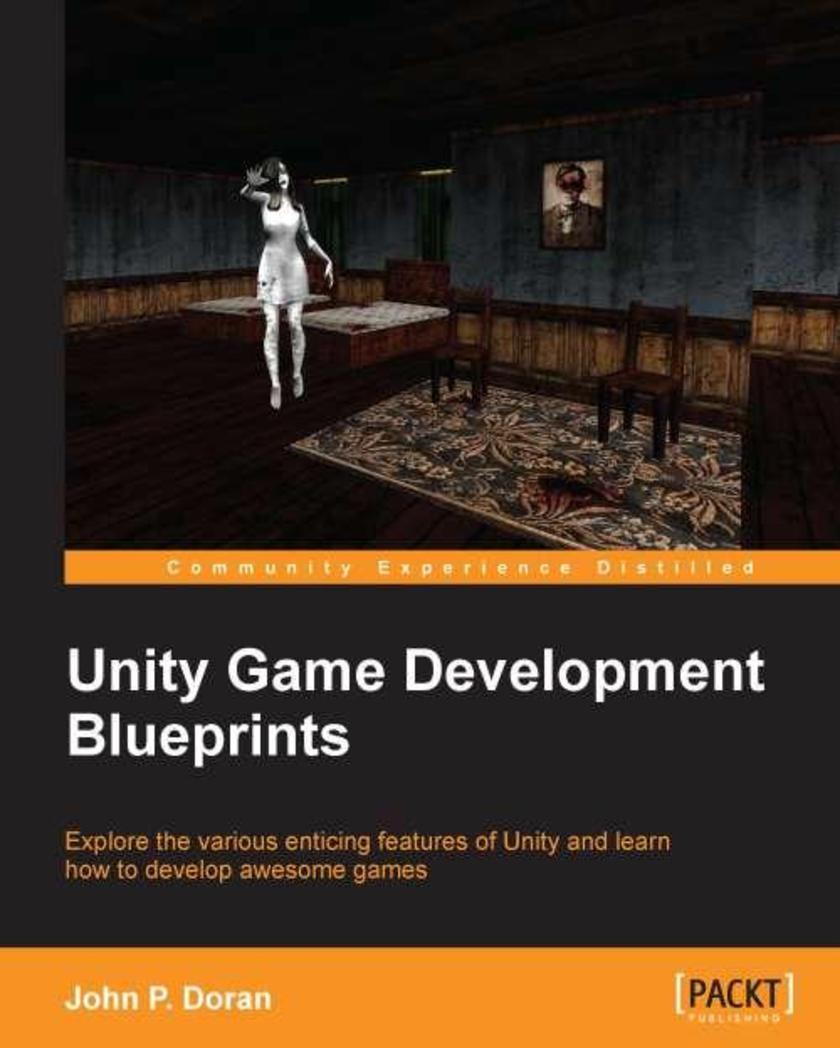
Unity Game Development Blueprints
¥80.65
If you want to build enticing projects with Unity, this book is for you. Readers who are familiar with the basics of how to create simple projects in Unity will have an easier time.
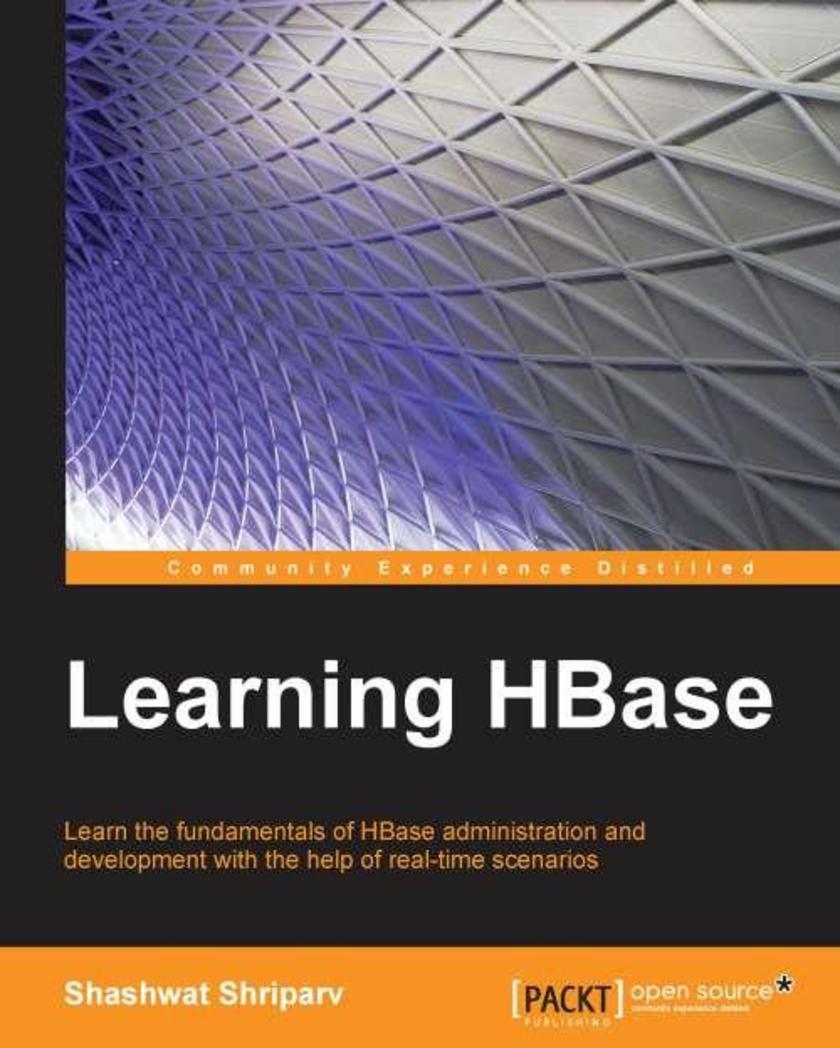
Learning HBase
¥80.65
If you are an administrator or developer who wants to enter the world of Big Data and BigTables and would like to learn about HBase, this is the book for you.
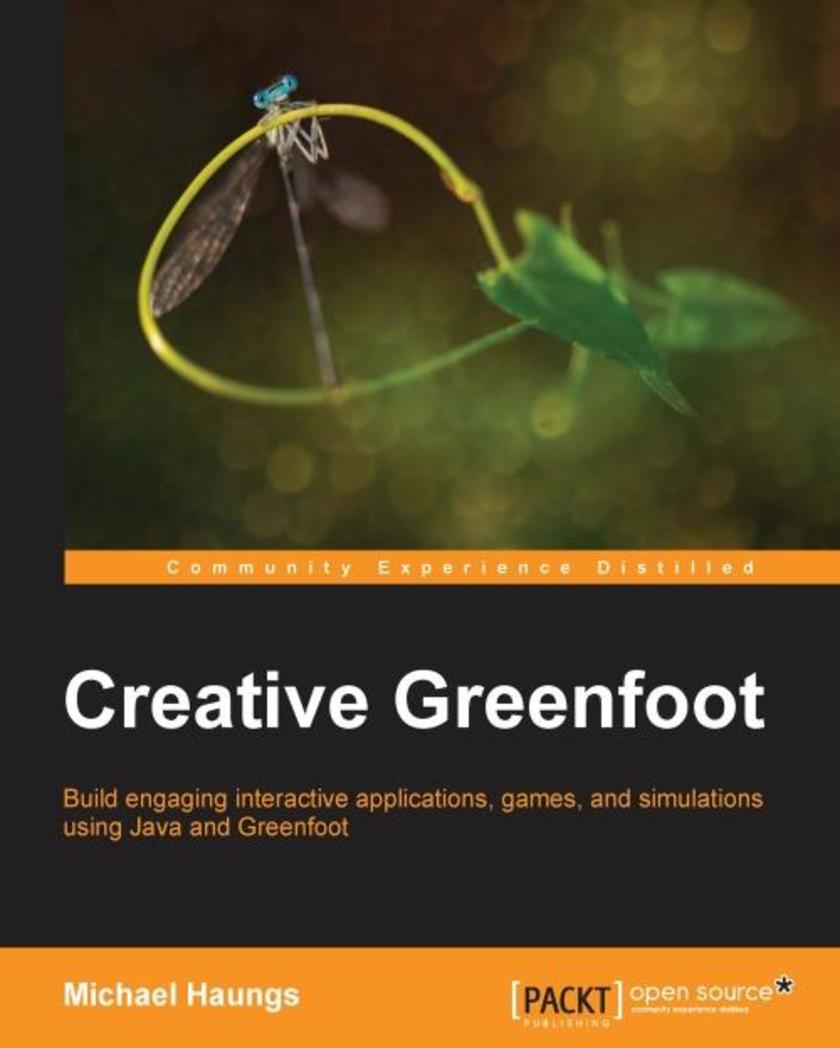
Creative Greenfoot
¥80.65
This book is for coding students and Java programmers of all levels interested in building engaging, interactive applications with Greenfoot. Familiarity with the very basics of Greenfoot is assumed.
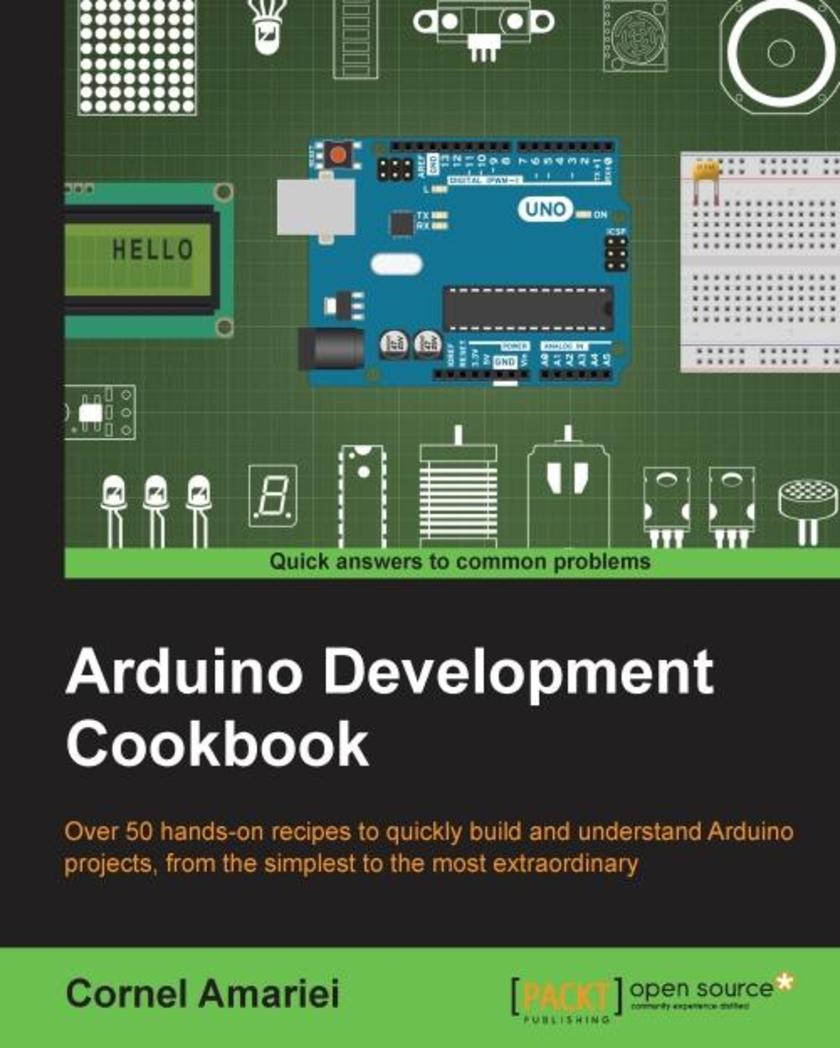
Arduino Development Cookbook
¥80.65
If you want to build programming and electronics projects that interact with the environment, this book will offer you dozens of recipes to guide you through all the major applications of the Arduino platform. It is intended for programming or electronics enthusiasts who want to combine the best of both worlds to build interactive projects.
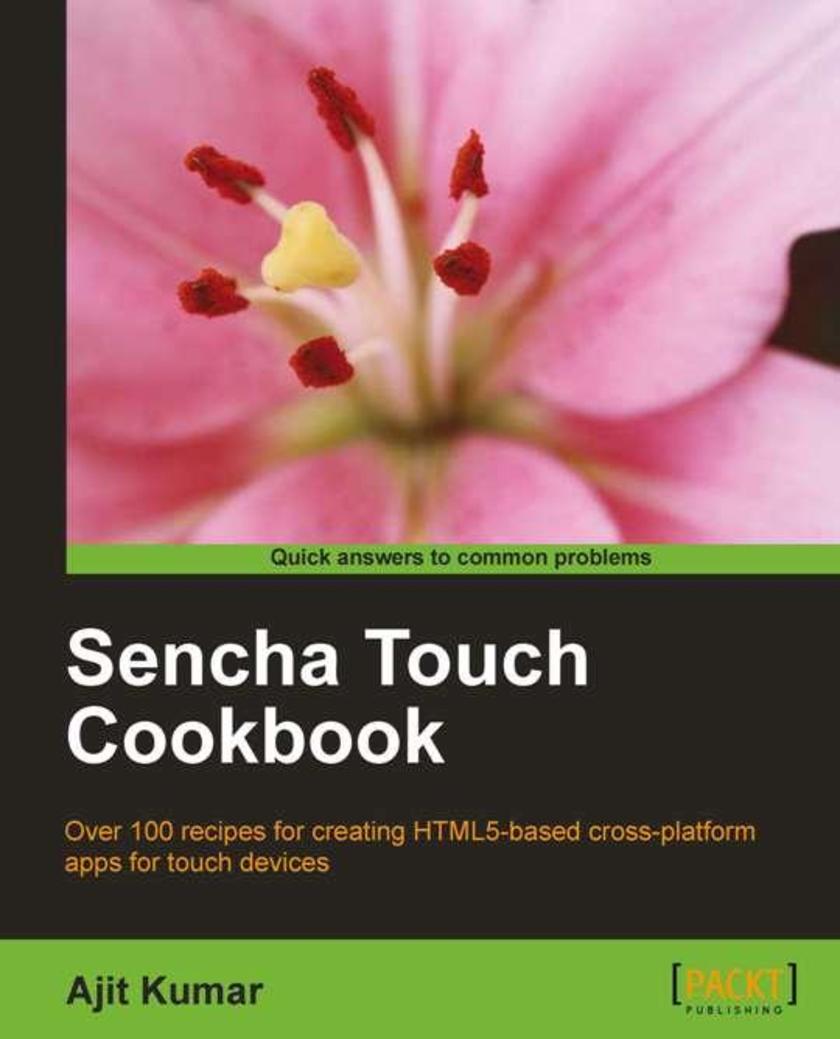
Sencha Touch Cookbook
¥80.65
The book is written in a cookbook style, presenting examples in the style of recipes, allowing you to go directly to your topic of interest, or follow topics throughout a chapter to gain in-depth knowledge. This book is ideal for anyone who wants to gain the practical knowledge involved in using Sencha Touch mobile web application framework to make attractive web apps for mobiles. If you have some familiarity with HTML and CSS, then this book is for you. This book will give designers the skills they need to implement their ideas, and provide developers with creative inspiration through practical examples. It is assumed that you know how to use touch screens, touch events, WebKit on mobile systems, Apple iOS, and Google Android for Mobiles.




 购物车
购物车 个人中心
个人中心



